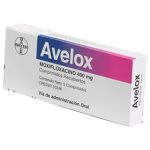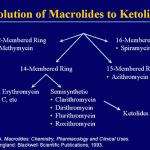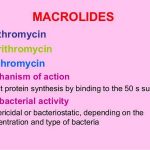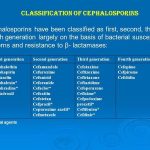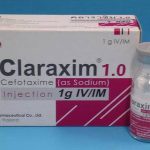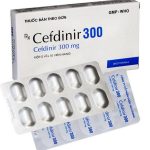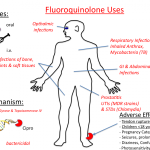
Fluoroquinolones are broad-spectrum antibacterials that have experienced an upsurge in use in recent years. Because of their broad-spectrum activity, high efficacy, favorable dosing, and availability in oral and IV form, these agents are indicated for a range of bacterial infections, including respiratory, GI, and urinary tract infections. Earlier generations of fluoroquinolones (e.g., ofloxacin) had limited activity against some respiratory pathogens, such as S. pneumoniae. However, more recent fluoroquinolone agents (so-called third-generation agents or the “respiratory fluoroquinolones”) are active against a broad spectrum of gram-positive and gram-negative bacteria, including atypical organisms.

